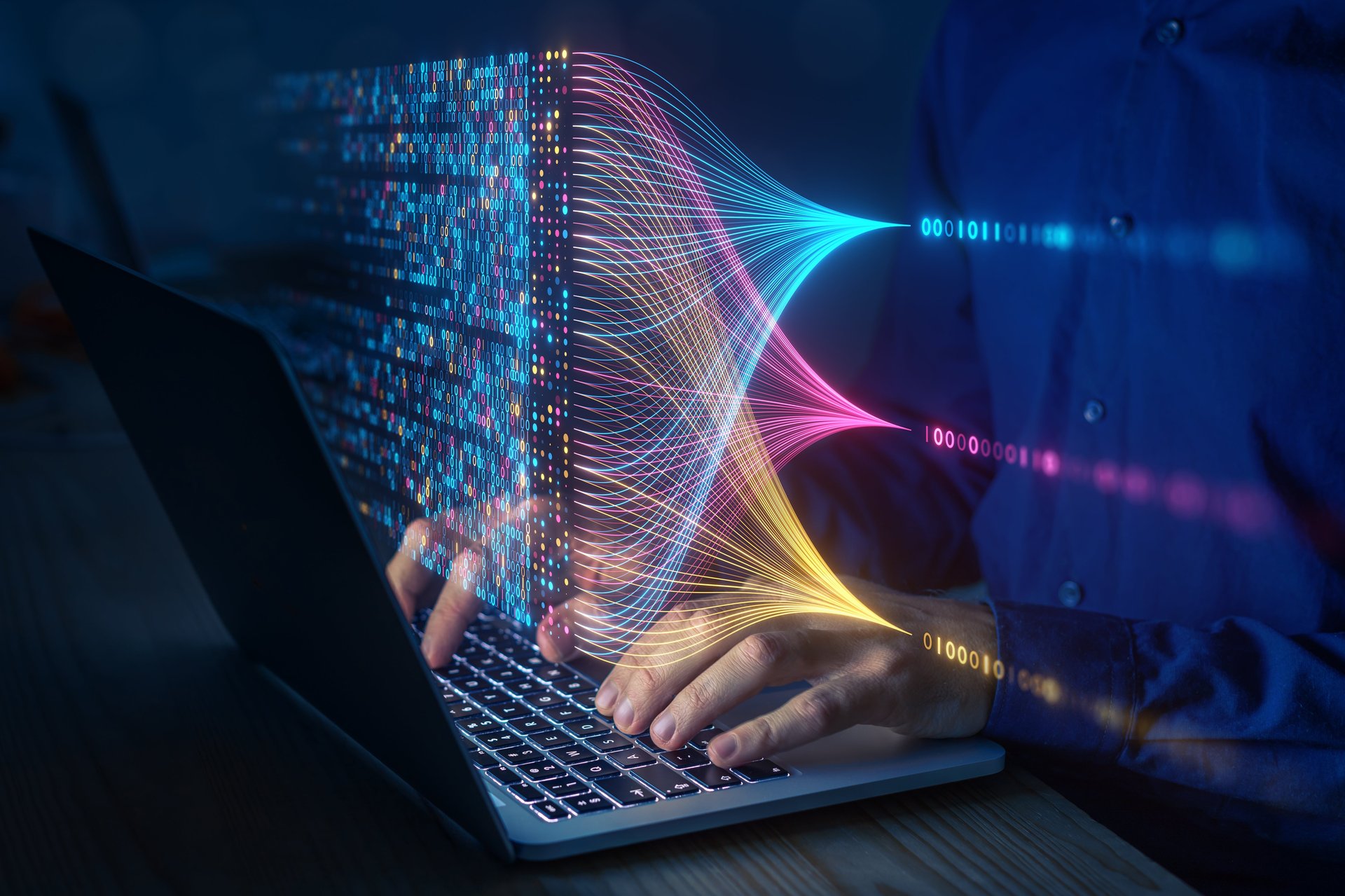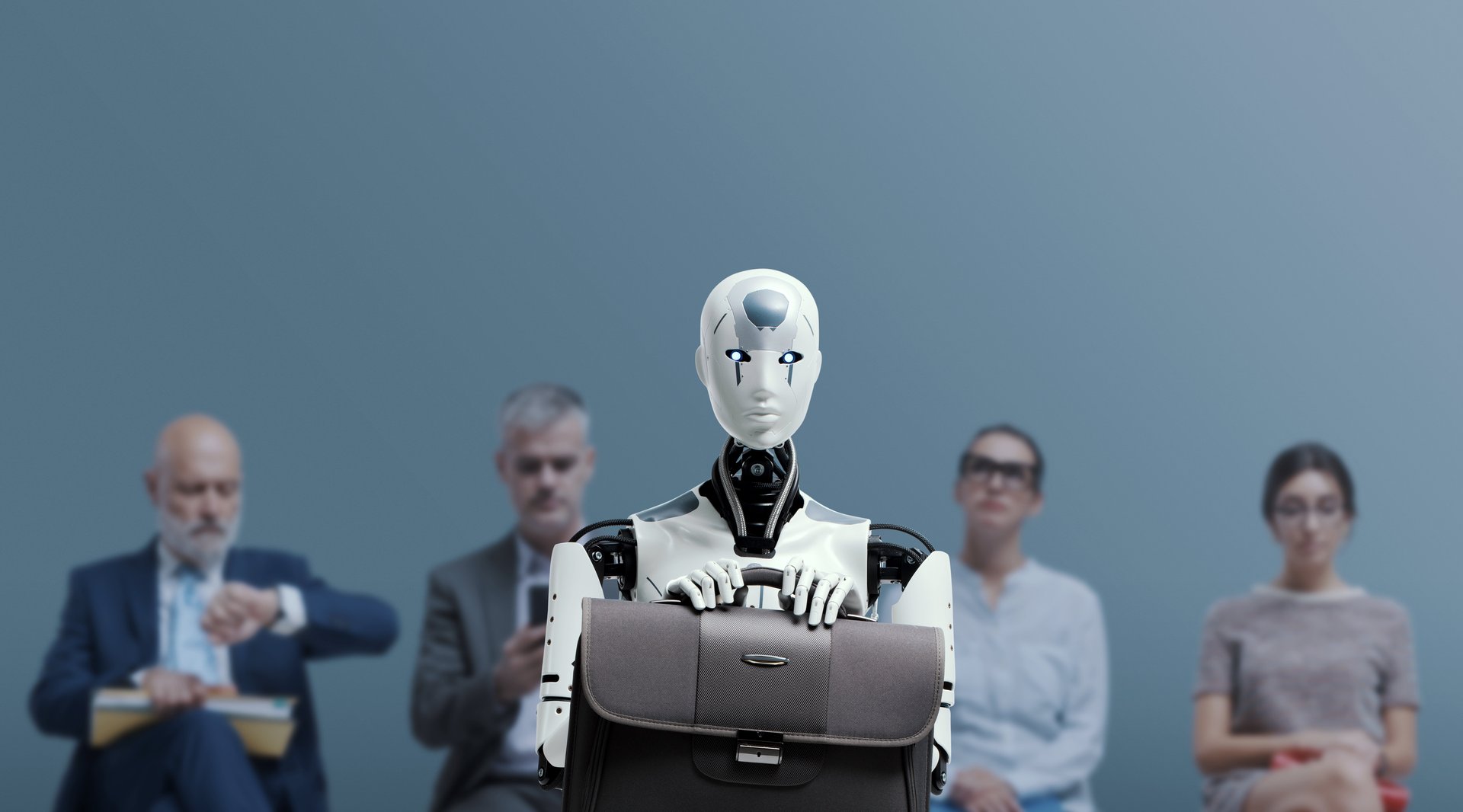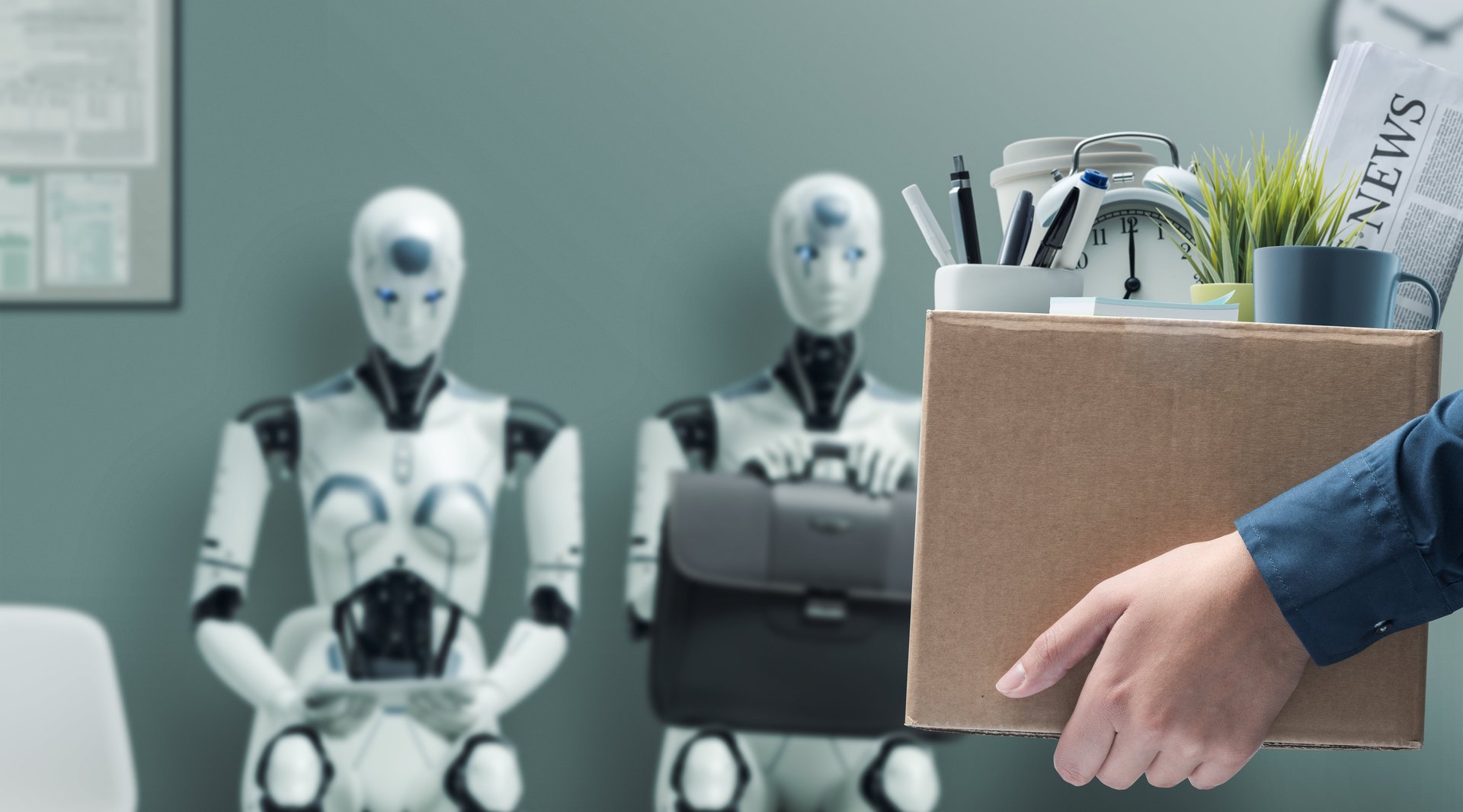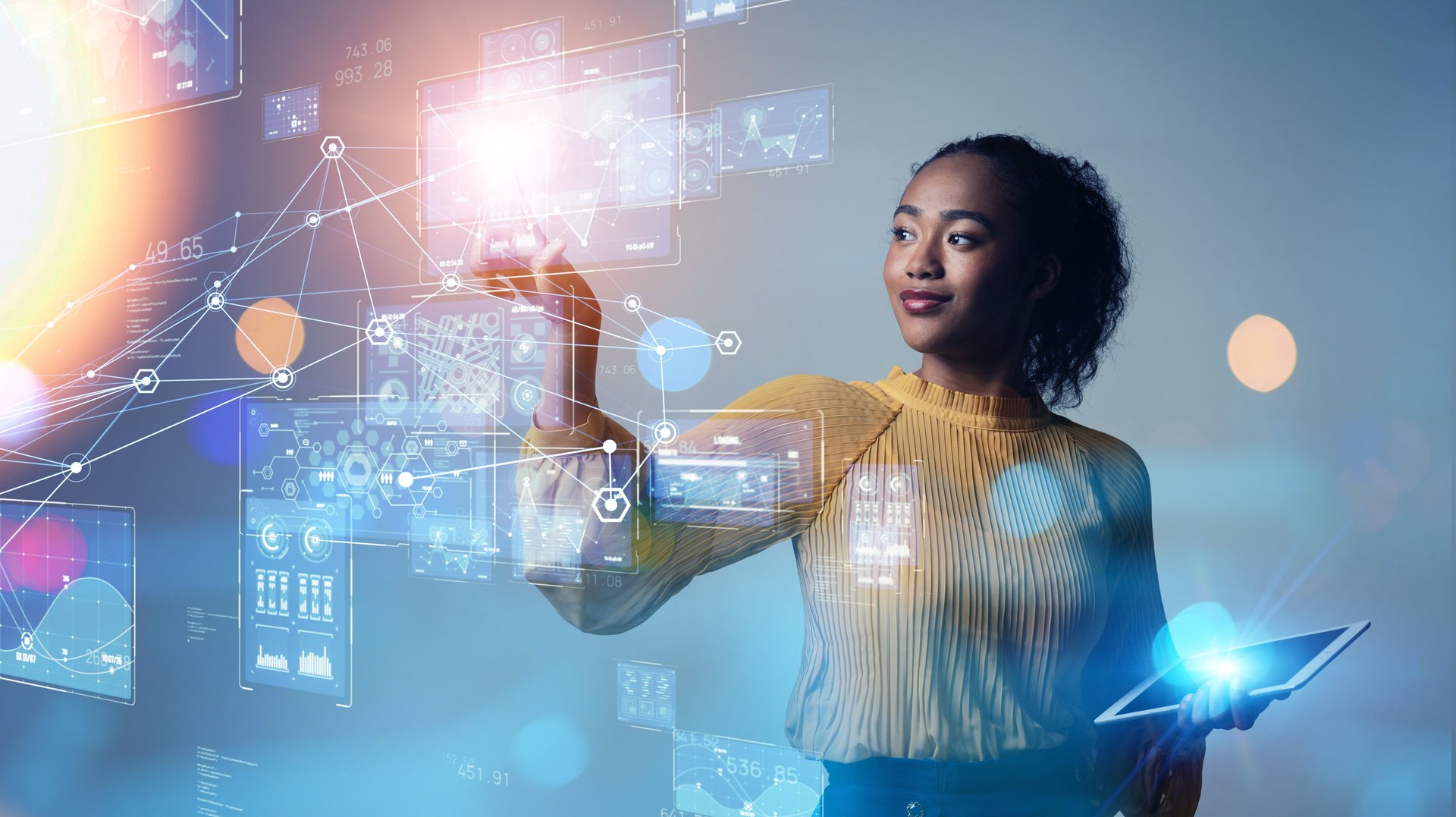5 ways to prepare employees for how AI will reshape work
As AI shakes up the world of work, here’s where workers and companies should focus

AI is predicted to disrupt the world of work, and for many, it already has. It’s not only the prompt engineers who will possess the skills needed; the average employee must have a basic knowledge to stay relevant in their role. To help us make sense of what companies and workers can do, Quartz turned to Dr. Sameer Maskey, professor at Columbia University and CEO of Fusemachines.
2 / 6
How will AI impact workers and the work they do daily?
Dr. Maskey: Hybrid work models have magnified the relevance and importance of emerging technologies like AI given their capabilities around enhancing team connectivity, collaboration, workflow management, and communication. In HR specifically, AI-powered sentiment analysis and predictive analytics can assist HR teams in deploying data-driven initiatives around boosting or assessing employee morale and engagement. Simultaneously these tools can help HR teams gauge employee sentiment around emerging discussions on diversity and sustainability and eventually integrate these into the work culture.
Skill advancement remains a critical HR function. AI-driven insights enable HR leaders to gain clarity on training needs across departments as well as areas where reskilling and upskilling initiatives must be curated by organizations all to achieve better engagement, job performance, and higher job satisfaction.
AI automation and data-driven recommendations also enable employees in decision-making with a keen focus on promoting inclusivity and sparking creativity for innovation. For example, AI tools can address inclusivity by removing language barriers during virtual meetings and discussions.
To achieve accessibility in hybrid settings, AI tools can be imperative- for transcribing minutes into multiple languages or even supporting lip reading and facial recognition systems in a virtual set up catering to professionals with hearing and visual impairment. Additionally, AI chatbots provide real-time assistance and offer on-demand resources, enhancing engagement and promoting a sense of connection.
3 / 6
AI is evolving faster than ever before. How can businesses and employees keep pace?

As we embrace a new AI-driven era, organizations must focus on three core areas: AI automation, AI training, and AI innovation.
Today, AI allows us to automate critical business functions such as reporting, identification of talent needs, training opportunities, and project management. Doing this significantly adds to the bandwidth of the workforce, allowing them to productively and efficiently focus on newer innovations.
Organizations should have dedicated training departments responsible for deploying AI-specific education and training initiatives. AI itself can be a valuable tool for these in-house training departments to identify training needs dictated by market conditions, curate training content, and track employees’ progress.
In addition to strategic applications of AI for reskilling and upskilling, organizations must also create room for employees to apply what they have learned—either to improve customer outcomes or to better one’s own individual or organizational offerings.
To maintain the momentum of innovation, organizations can run internal competitions or incubator programs. For example, Fusemachines recently conducted an internal AI Hackathon program where we had 17 different teams experiment with generative AI and build solutions that directly impact our own business functions.
4 / 6
Advancements in AI are bringing an increased demand for AI talent. What are some proven, effective ways to generate more talent in the field?

Today, in the AI realm, senior AI engineers are the hardest to come by as the AI industry is nascent, and skilled senior professionals are still in the making. Furthermore, the pool of AI engineers is already limited and dispersed across different locations.
Unfortunately, many organizations lack comprehensive training and mentoring programs for junior AI engineers, further exacerbating the scarcity issue. Adding to these woes, the academic and training coursework isn’t effective enough to keep pace with the changing innovation landscape and discoveries in AI.
Organizations can tackle this by focusing on reskilling and upskilling and finding partnership opportunities with universities to bring high-quality AI programs to budding engineers. AI itself can be a tool to employ effective AI training opportunities. By providing aspiring AI professionals with quality education and training, organizations can bridge the skills gap and nurture a talented pool of individuals ready to meet industry demand.
At Fusemachines specifically, our flagship AI Fellowship program is one of the prime initiatives we’ve built for AI talent generation. Launched in 2017, it is a complete scholarship program offered in multiple countries such as Nepal, Dominican Republic, Burkina Faso, Rwanda, and the USA to successfully prepare participants for competitive industry jobs. We recently launched AI Fellowship in additional markets in Latin America.
5 / 6
What are some examples of leveraging AI effectively while eliminating concerns around bias and job loss?

AI automation significantly revamps the traditional hiring process. Some prominent applications include AI-powered resume scoring, candidate screening, and even HR professionals leveraging AI insights for talent needs assessment, employee turnover patterns, retention, and employee satisfaction strategies.
But all of the above applications of AI create room for bias—some caused by humans, some based on the data used to train the AI models. For example, if an organization has managers favoring candidates or employees of specific backgrounds, ethnicities, genders, and experience levels, these biases can create patterns of additional bias. Another example is a model trained on historical data that already has a bias based on gender or race.
Several things can be done to curb bias, such as:
- Instituting accountability around data quality:
Organizations can mandate quality checks on everything from HR policy data to employee data. Additionally, organizations can tap third-party data sources to ensure a representative, diverse pool of data is used to train AI models that will be used to shape HR decisions.
To ensure these efforts generate positive outcomes, timely audits that enforce reasoning and transparency of models can be effective.
- Providing AI-led bias training for enhanced awareness:
Employees building AI models can benefit from bias training just as much as those in HR leveraging these models. Because hiring is one of the most common victims of AI-led bias, identifying what those biases are and how they can impact critical decisions can be helpful for HR teams to understand. For example, why will an AI algorithm most likely reject a certain kind of candidate vs. another based on their surname or first name, or how it will disregard a certainly worded skillset even though it closely matches the job description.
- Establishing an Organizational Standard for HR Best Practices
HR best practices can differ vastly depending on the organization’s culture, deliverables, and the industries they function in. As a result, integrating an AI system into an organization’s HR fabric will require a clear understanding of the organization’s goals, morals, and work culture. Training an AI system on these standards will ensure the results are customized to their needs.
6 / 6
What are some AI skills that you’d recommend for employees to prepare for a world of human-AI collaboration?

With advancements in AI growing rapidly, adoption rates have also skyrocketed deeming AI-human collaboration to be critical in today’s times more than ever. In this context, one of the prominent skills currently needed is prompt engineering.
It is an NLP-bourne concept that generates prompts to AI models assisting engineers to achieve efficiency and optimal outputs for coding-based tasks. To attain maximum accuracy, prompt engineering entails understanding the model’s training data, limitations, and strategies. With generative AI becoming more prevalent today, acquiring this skill is crucial for effective collaboration with these models.